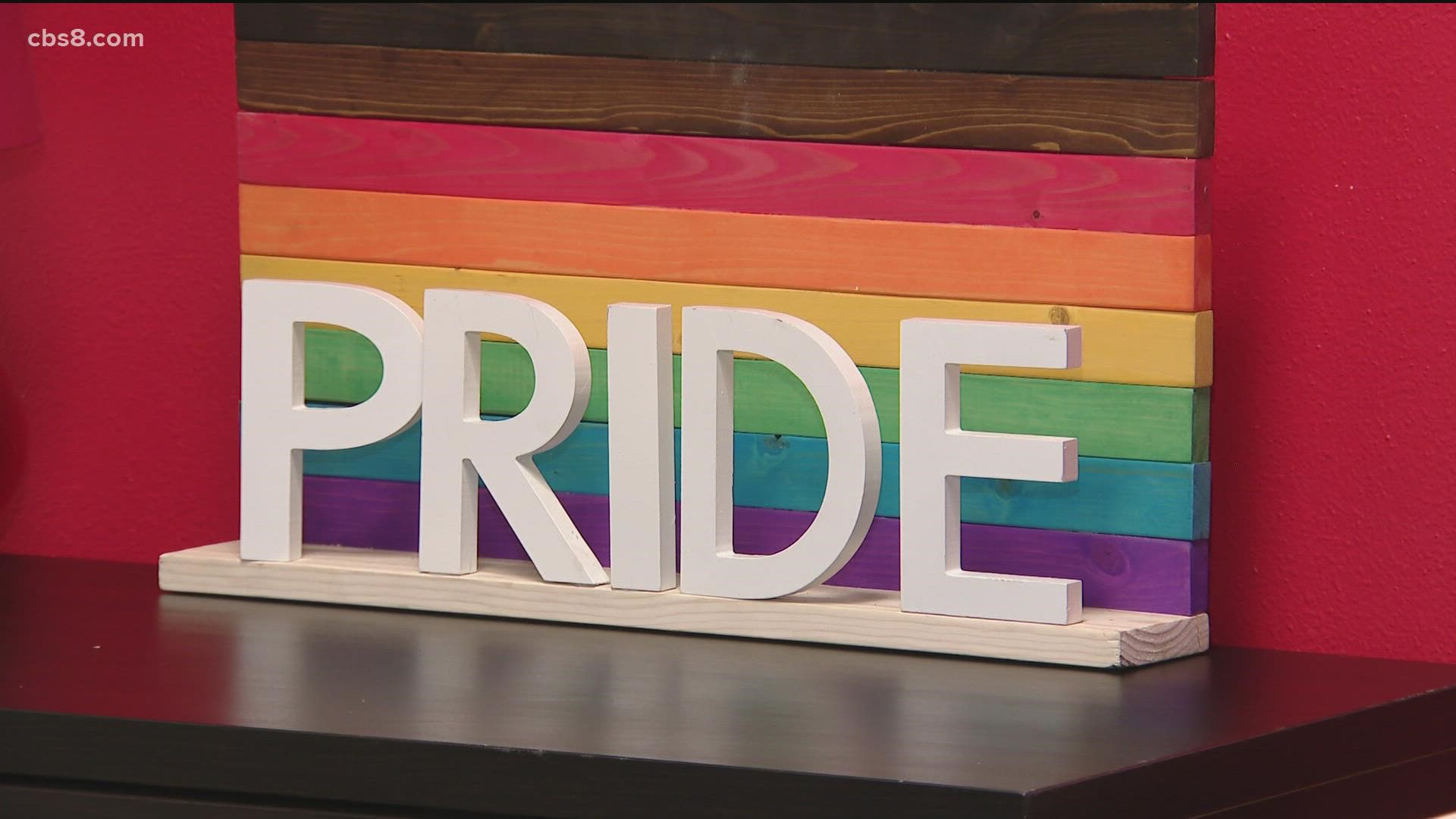SAN DIEGO — What eventually became 'San Diego Pride' had its start at an unassuming house in the Golden Hill neighborhood, where a small but dedicated group of activists came together to plan what was then called 'Gay Pride Day,' and which over the years has grown into San Diego's largest civic event.
"Sometimes I look back and think: 'That was pretty amazing!'" said Jeri Dilno, who grew up in San Diego and graduated from Point Loma High School.
Almost half a century ago, she helped organize San Diego's first officially permitted Pride parade in 1975.
"We just, you know, flew by the seat of our pants!" she remembered.

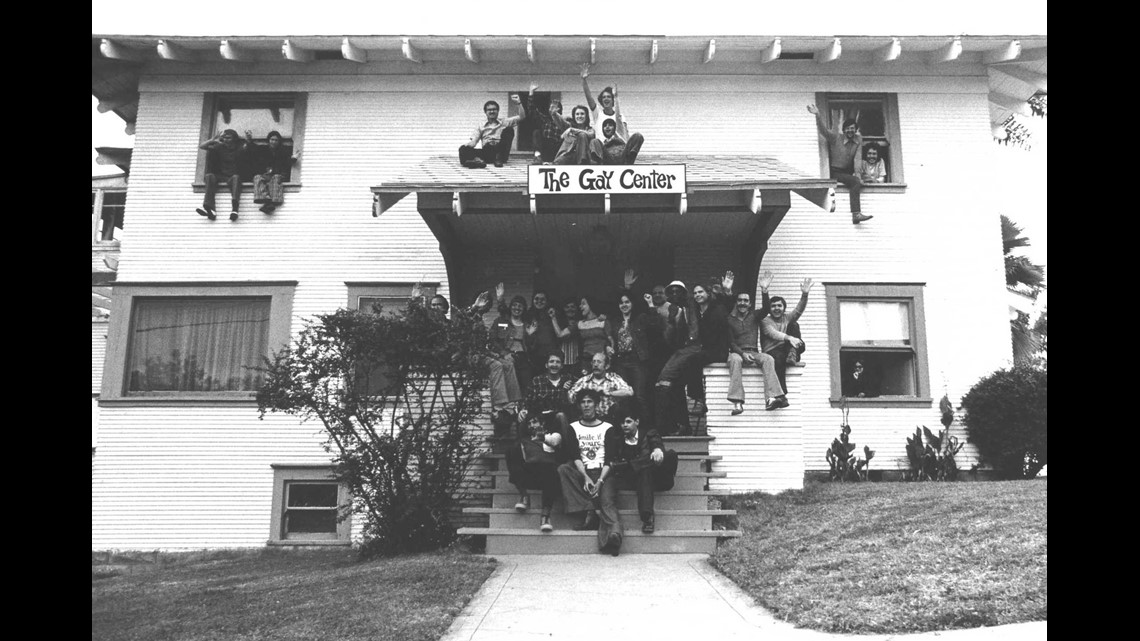
Following the Stonewall riots in New York in 1969, which gave birth to the modern Gay Liberation Movement, Pride marches began to sprout up in other major cities during the early 1970's. Meanwhile in San Diego, activists held smaller-scale "gay-ins" and solidarity events, and even an 'unofficial' Pride march in 1974.
"So it was just time for us to do it," Dilno told CBS 8.
Now 85 years old, Dilno - who has been recognized as one of the original leaders of San Diego's LGBTQ movement, had already been part of Philadelphia's Pride parade, along with her partner at the time.
"All of a sudden, we were the 'march experts','" she laughed, "because we had done this before!"

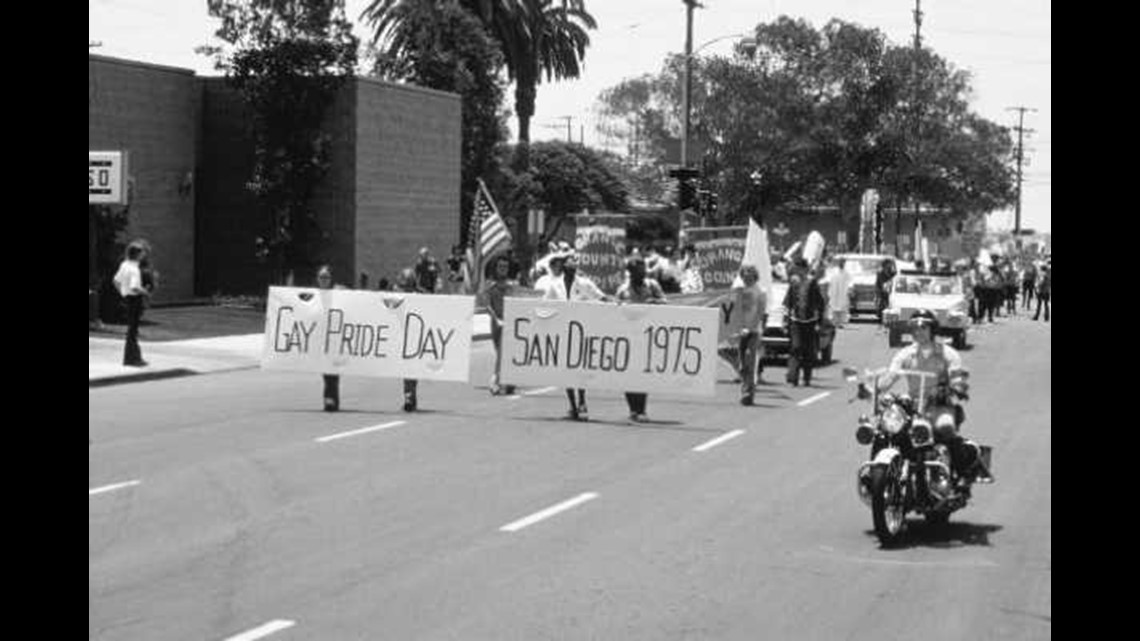
With only a few dozen people and two cars, that first parade started in downtown San Diego and headed north along Sixth Avenue to Balboa Park.
"Some people with hand made signs, some people wore masks," Dilno recalled.
The parade then ended with a rally in the park, where more folks had already gathered.
"We had a little stage, like a soap box and a microphone," she said. "It was all very primitive in a way, if you compare it with what we do today."
Over the decades, Pride has blossomed into a massive three-day event, with a rally, parade and festival, attracting hundreds of thousands of people from around the nation and the world.

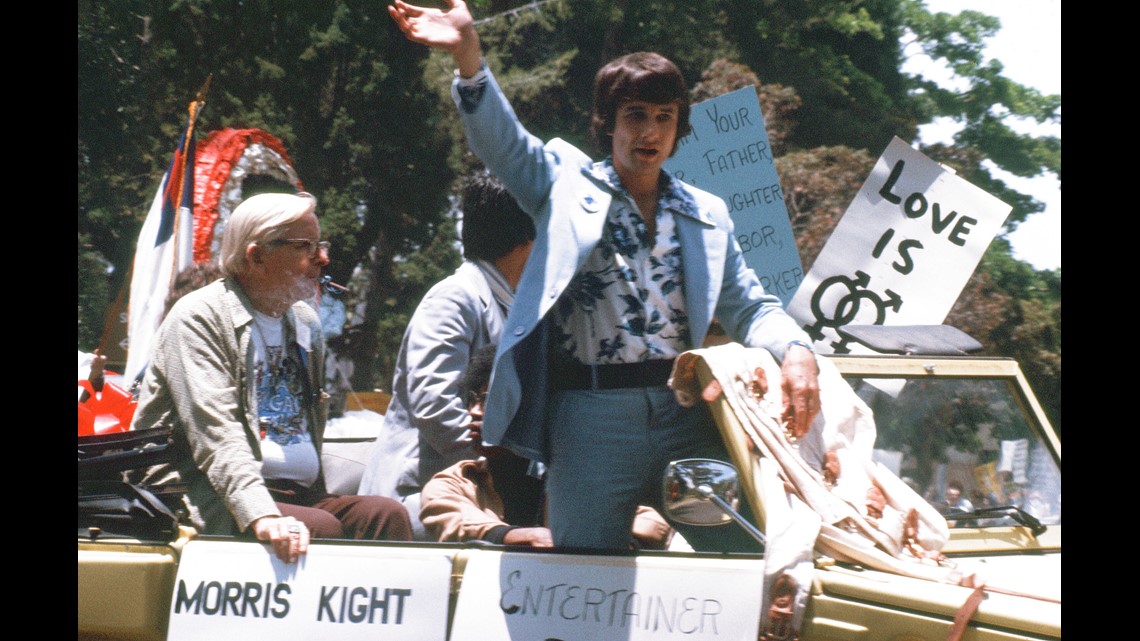
"Over the years, it slowly but surely evolved into this parade," said Fernando Lopez, executive director of San Diego Pride, which started with a few hundred dollars generated mostly from button sales, and now operates with a multi-million dollar budget.
As the marches and rallies have expanded over the years, now beginning in the heart of Hillcrest and ending in Balboa Park, so has San Diego's Pride organization. It is responsible for creating far more than the parade, which in 2019 broke records with an estimated 360,000 people.
"Now San Diego Pride is one of the largest Prides in the world, the most philanthropic Pride in the world," Lopez told CBS 8.
The organization sponsors more than three dozen different programs and produces some 175 events year-round, serving the entire LGBTQ+ community.
"We have an interfaith program, arts and music programs... we even have a youth marching band," Lopez added. "There is so much going on here!"

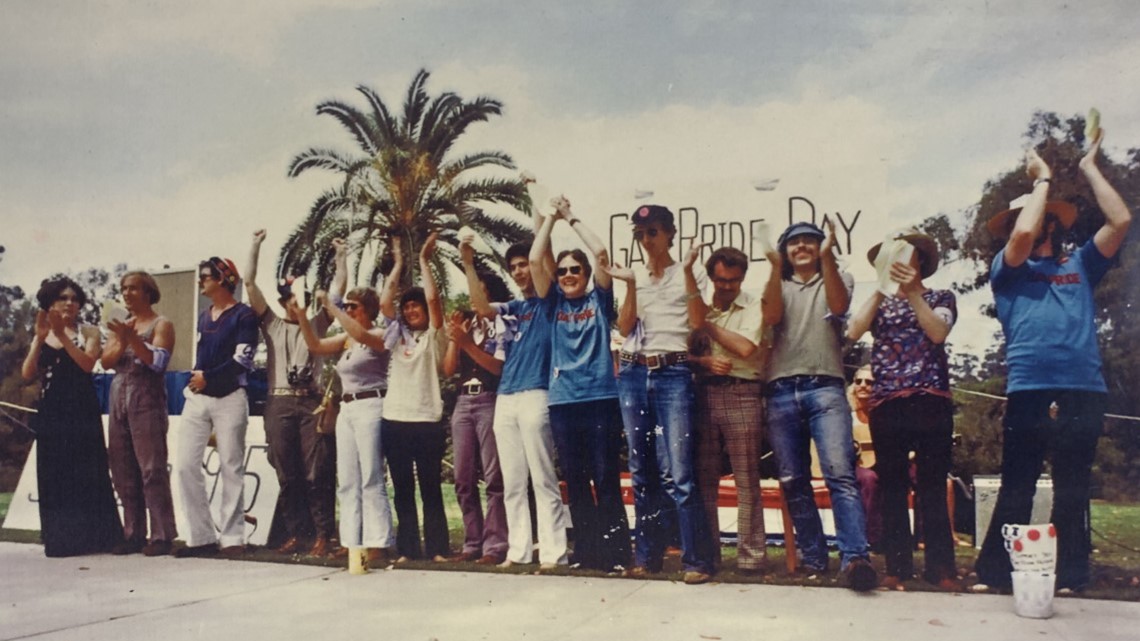
Throughout the pandemic, all of San Diego Pride's programs went virtual, and while the in-person parade was on pause, Pride held a 'Free Speech March'.
"Our community is so innovative and creative," he said. "It was just really beautiful to see how we were able to be resilient through that whole entire time."
During that same time, some other Pride organizations throughout the country, such as Boston's, were not as fortunate, and folded during the pandemic.
San Diego Pride, though, is just getting stronger.
"We are a community that knows how to lean in and support one another, whether it's the ongoing HIV and AIDS epidemic, or ongoing legislative attacks," Lopez said, "and so when this pandemic hit too, we just knew how to support each other."
It is a spirit of resilience that stretches back to that first parade and the origins of San Diego Pride, as Jeri Dilno can attest.
"We have done ourselves proud now," she said, staring at a photo taken during that formative 1975 march.


Watch Related: San Diego Pride parades in San Diego 1970s, '80s and 90s

